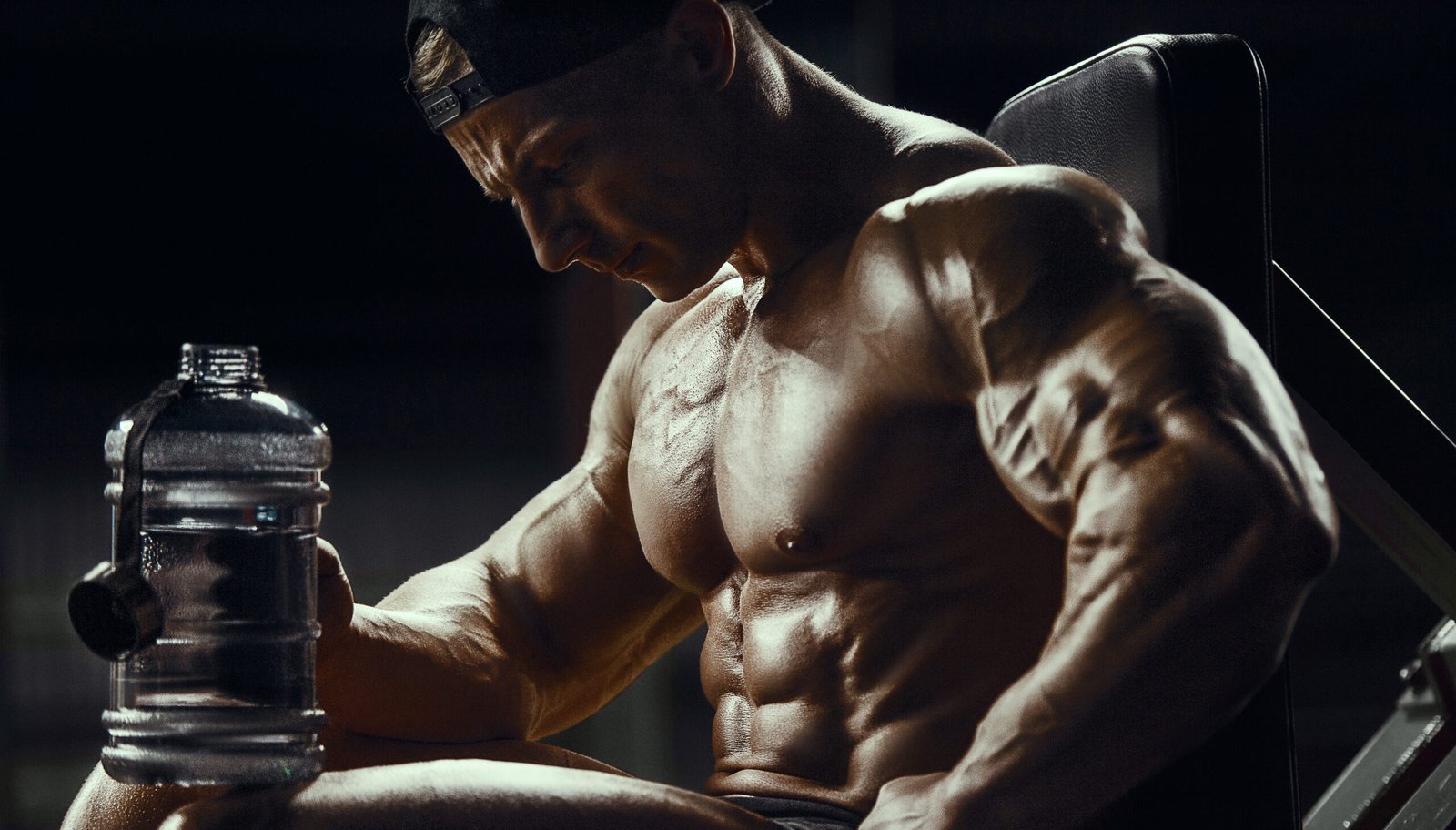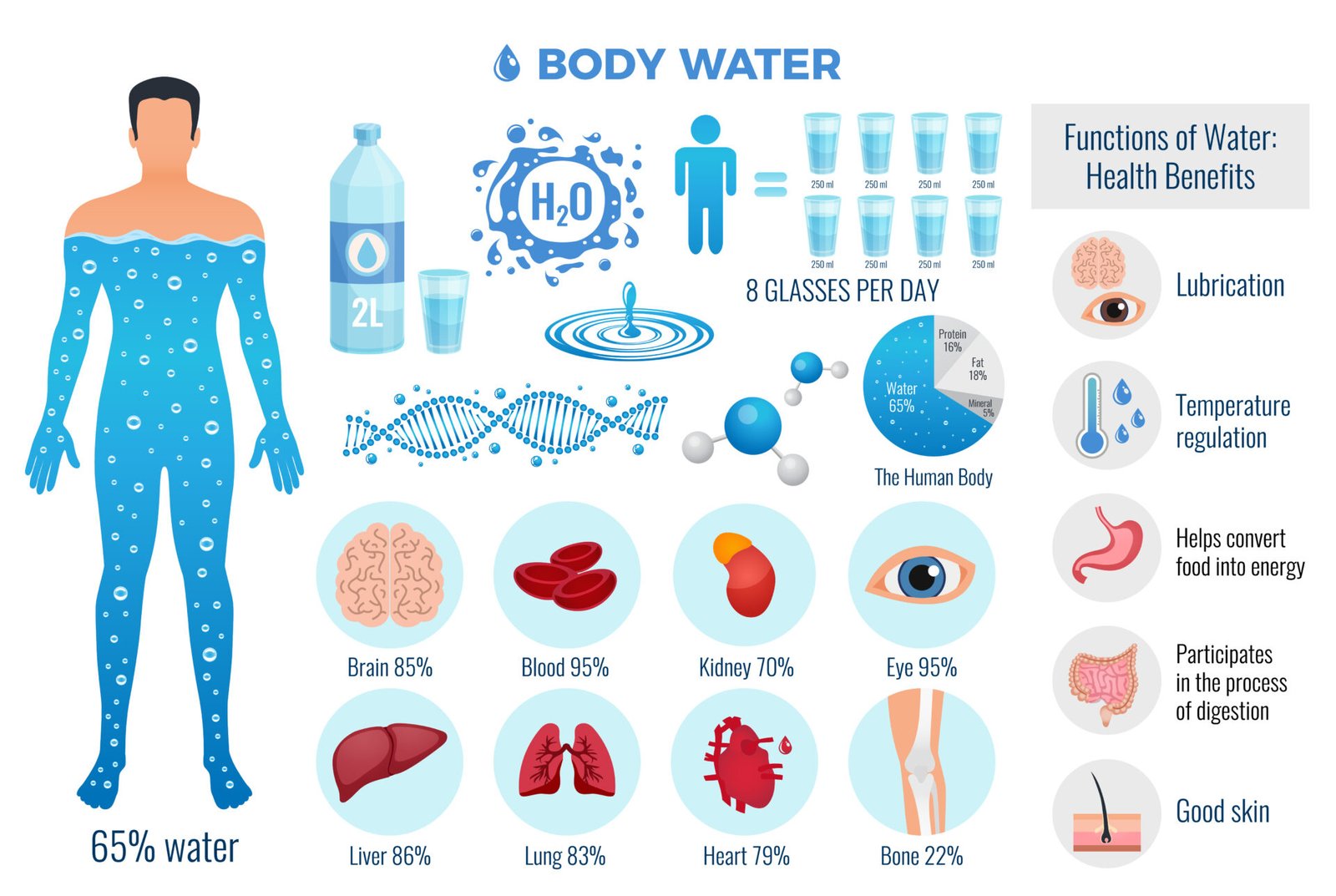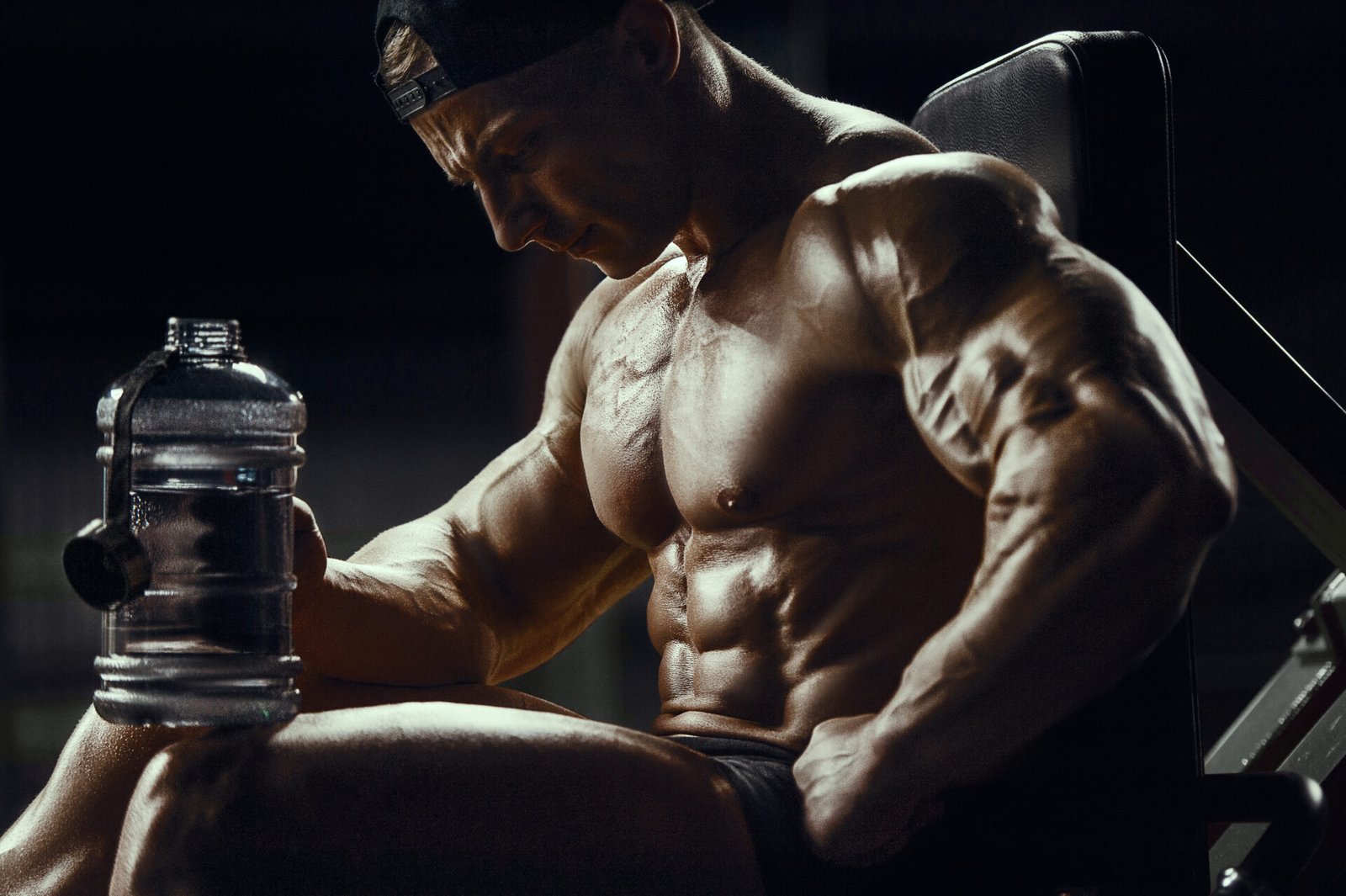
WHEN preparing for a bodybuilding competition one factor that is often discussed yet frequently misunderstood is water regulation.
Achieving that perfect, dry look on stage involves a careful balance of water inside and outside your muscle cells. While it is tempting to think that reducing water intake before the big day is the best way to shed excess weight, your body’s water regulation mechanisms may not agree.
The human body is a finely tuned machine designed to maintain water balance both inside (intracellular) and outside (extracellular) your cells. About 60 per cent of your total body weight is water and this is distributed roughly as two-thirds inside cells and one-third outside. The body uses hormones, mainly antidiuretic hormone (ADH) and aldosterone, to regulate this balance.
ADH, produced by the hypothalamus, responds to water levels in your blood. When water levels drop, ADH is released, signalling the kidneys to conserve water by reducing urine output. Conversely, when water intake is sufficient or excessive, ADH production is suppressed, leading to increased urination and water excretion.

Aldosterone, produced by the adrenal glands, helps regulate sodium and potassium levels, indirectly affecting water balance. When sodium levels rise, aldosterone helps the kidneys retain sodium while excreting potassium. Since water follows sodium, this process helps maintain the right water balance in the body’s cells.
The body adjusts water balance fairly quickly, responding within hours to changes in hydration levels. This rapid response ensures that fluid levels are kept relatively stable, avoiding severe dehydration or over-hydration.
Maintaining the balance of water between intracellular and extracellular spaces is crucial for performance and appearance. Intracellular water is the fluid inside muscle cells that gives them volume, while extracellular water exists outside the cells – including in spaces like the skin.
For bodybuilders, keeping as much water inside the muscle cells (intracellular) as possible is key for a fuller, more muscular appearance on stage. When too much water shifts to the extracellular space, it can accumulate beneath the skin, leading to a bloated or “soft” look – something every competitor dreads.

A common misconception in bodybuilding is that reducing water intake will lead to a drier, more defined appearance on stage. While this may seem logical, restricting water can actually backfire. When water intake is drastically reduced, the body compensates by holding on to the water it has. This is largely due to increased ADH [anti-diuretic hormone] production. This can lead to the exact opposite of what you want. And that is water being retained in the extracellular space, particularly under the skin. This causes a puffy appearance rather than the crisp, dry look competitors are after.
The key behind water regulation for a bodybuilding competition is not to drastically restrict it but to control it smartly. Many experts recommend maintaining steady hydration levels throughout the week leading up to the event, only slightly reducing water intake the night before. On the day of the competition, sipping water in moderation – around 500ml to one litre – is often recommended to stay hydrated without risking bloating. This strategy helps maintain intracellular water balance, while reducing the risk of extracellular water retention.

Consider this from Layne Norton, discussing water and sodium:
"Another aspect of a typical peak week that goes hand in hand with cutting water is cutting sodium, the results of which can be just as disastrous. The sodium balance in your body directly affects fluid dynamics and blood volume. What sodium depletion does is increase levels of aldosterone, a hormone whose job it is to cause the re-absorption and retention of water and sodium.
Layne Norton Peak Week: Water & Sodium
"After two days of sodium depletion (standard in most peak-week protocols) aldosterone levels have doubled. Cut out sodium even earlier and, by day six, levels have more than tripled.
"Elevations in aldosterone will cause increased water retention as the kidney reabsorbs both sodium and water back into circulation. Deficiencies in dietary sodium also lead to a drop in blood pressure, pushing plasma water out of the vascular system. That means less water in blood vessels, making you appear full and vascular; and more in the surrounding space, making you appear soft. What's more, you're now reabsorbing more water back into circulation due to elevated aldosterone. Only, without sufficient pressure in the blood vessels, that reabsorbed water will also be heading into the subcutaneous layer, exactly where you don't want it. Instead of tricking your body, you've tricked yourself and it'll show onstage. This is a big reason why competitors who couldn't fill out the day of the show, no matter their carb consumption, often experience a weird epiphany after their post-contest cheat meal: They look 10 times better an hour after pigging out.
"Most people think this means that they didn't carb up enough, but that simply isn't true; after all, they loaded carbs for two or three days! The cheat meal likely contained lots of sodium and they drank a lot of water with it. That combination finally allowed them to fill out properly. That's why they looked so much better! The carbs didn't fill out their muscles, the water and sodium did. In contrast, carbs consumed while cutting water will never fill you out properly.
"My recommendations are to keep water and sodium intake the same. If you're used to drinking two gallons of water a day, continue drinking that amount up until an hour or two before the show – and that's just so you don't feel like you have to pee standing on stage. Similarly, if you're accustomed to eating three grams of sodium a day, continue doing so during peak week.
"In fact, I've found that eating a meal relatively high in sodium, carbs and fat two hours before stepping onstage can drastically increase vascularity and fullness."

Refences:
Leave a Reply